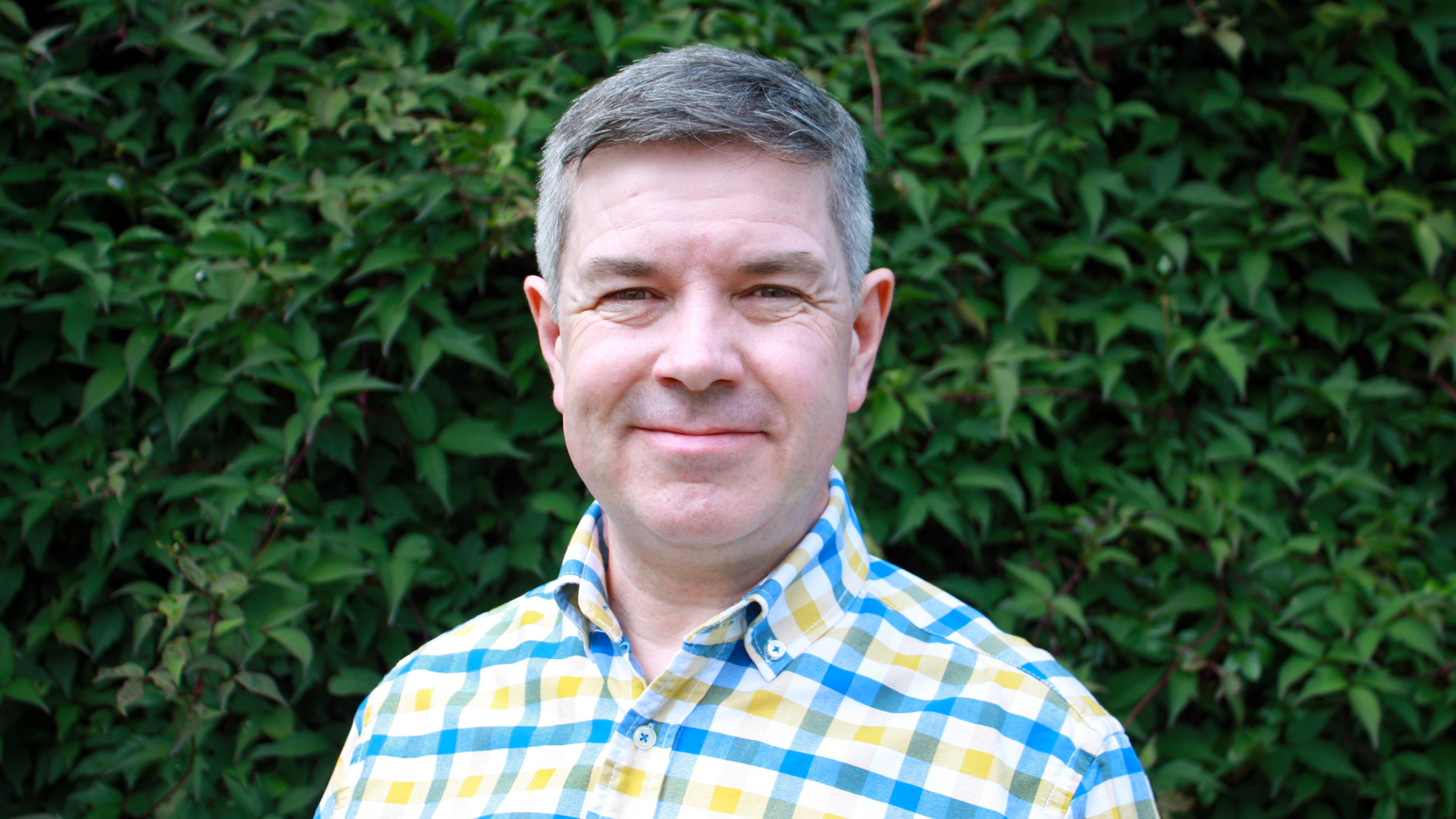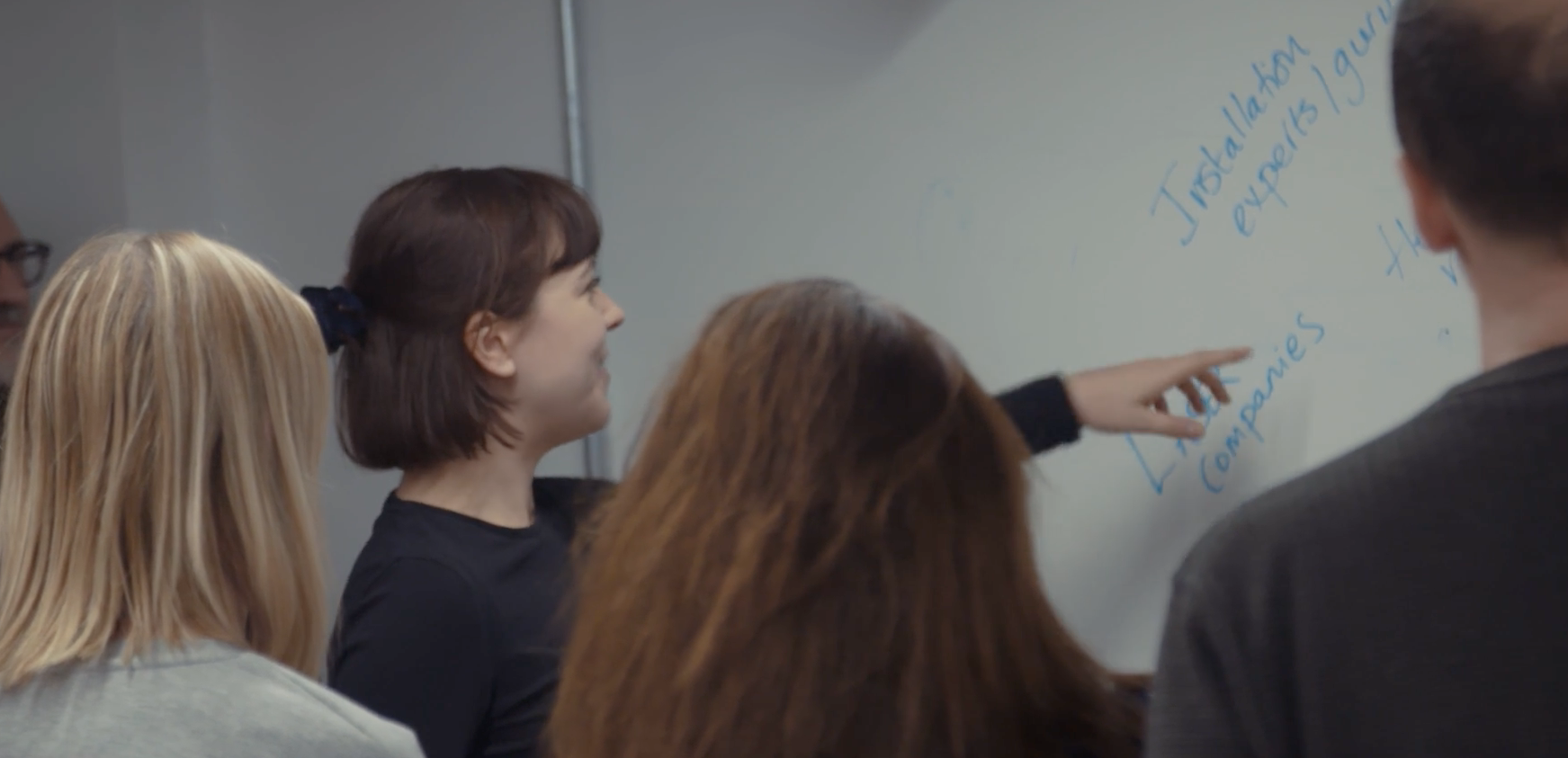 Clwstwr Management Team member and digital innovation consultant Robin Moore shares his thoughts on approaching risk when doing research and development (R&D.)
Clwstwr Management Team member and digital innovation consultant Robin Moore shares his thoughts on approaching risk when doing research and development (R&D.)
At the time of writing, 64 projects have gone through the Clwstwr process and completed their research and development (R&D) journey. As a member the Clwstwr management team, I’ve been in the fortunate position of seeing the evolution of many of them, going from a speculative conversation at our 121 meetings or an initial pitch at our Ideas Labs, through application, building and testing prototypes, to the final reports outlining next steps.
While I’ve spent many years at the R&D coalface, it has been incredibly illuminating to have a more detached view of the journey these projects take. It has revealed new insights into how some projects manage to embrace risk and squeeze more value out of the R&D they undertake.
You can’t get away from risk in R&D, it is in its very nature. If there is no risk involved, nothing unknown, then you’re really not pushing the boundaries or innovating. If you’re already definite about the outcomes, then is it really an R&D project?
When we are scoring projects during the Clwstwr application process, we have to allow for a healthy amount of risk, but we want to know that the risk is in the right places. Yes, the outcome or answer to the R&D question will likely be unclear, but that the project will complete and deliver real value to the company shouldn’t be a risk.
The most successful projects acknowledge and manage the risk. They’re asking R&D questions they really want to know the answer to, even if it turns out not to be the answer they ideally wanted. They are ready to pivot what they prototype if initial research takes them in a different direction. They focus on the unknown and structure the project to create new value.
We’ve seen this through projects recognising the limitations of their own expertise or audience understanding from the outset. They ask the crucial question, ‘do we have the skills and expertise to deliver this R&D?’, and then bring on external consultants or create steering groups to mitigate the risk of their own pre-project assumptions and the ‘unknown unknowns’. They don’t just rely on their usual collaborators and those with the same perspective, but seek out new perspectives even if often uncomfortable.
For some the risk isn’t in their ability to technically do something, but in whether there is audience appetite for their product or service. In these cases projects that embrace the User Centred Design support given by Clwstwr partners PDR reap the benefits and help mitigate the risk of creating a solution no-one else will want to use.
This all helps mitigate what is, in my view, probably the biggest risk that we don’t want to see in projects: that the R&D question has already been answered elsewhere. It gives you the tools to really focus in on what is original in your approach or context and get to the nub of the question. This is where the big unknown lies, the main risk around which the rest of the project needs to be structured to get the most value out of this new knowledge.
This is where rapid prototyping comes in, focused on removing longer-term risk from the endeavour. But be warned, it is very easy to prototype in the areas that are creatively interesting or that you personally know most about. We’ve unfortunately seen projects waste some of their time prototyping elements that we can already see solved elsewhere, when they should be focusing on the harder questions that others haven’t been able to answer.
For example, a project might focus on the user interface for a new product - formulaic menus and login systems - when the key unknown is whether the core functionality is possible and not. Or they may use their current expertise to dive into building core functionality, without actually testing whether the audience wants it or not.
Put simply, you need to put the work in where the scary unknowns are, so that at the end of the project you have clarity about the viability of your endeavour and what the next steps will be.
Seeing so many projects going through Clwstwr, we have witnessed the enthusiasm and dedication of teams and recognise that for many R&D is a new process. We hope along the way they’re learning to target their R&D to take on risk; mitigate it by using external expertise and rapid, targeted prototyping; and bring clear value to their companies and the wider cluster in South Wales.

